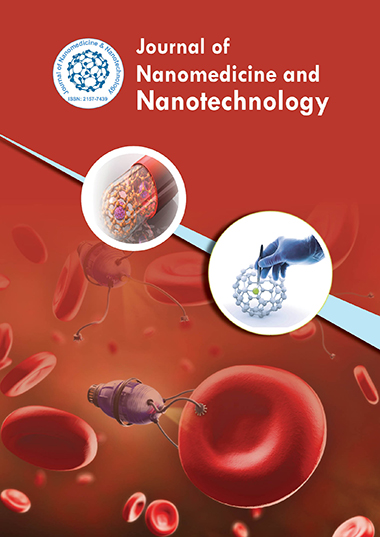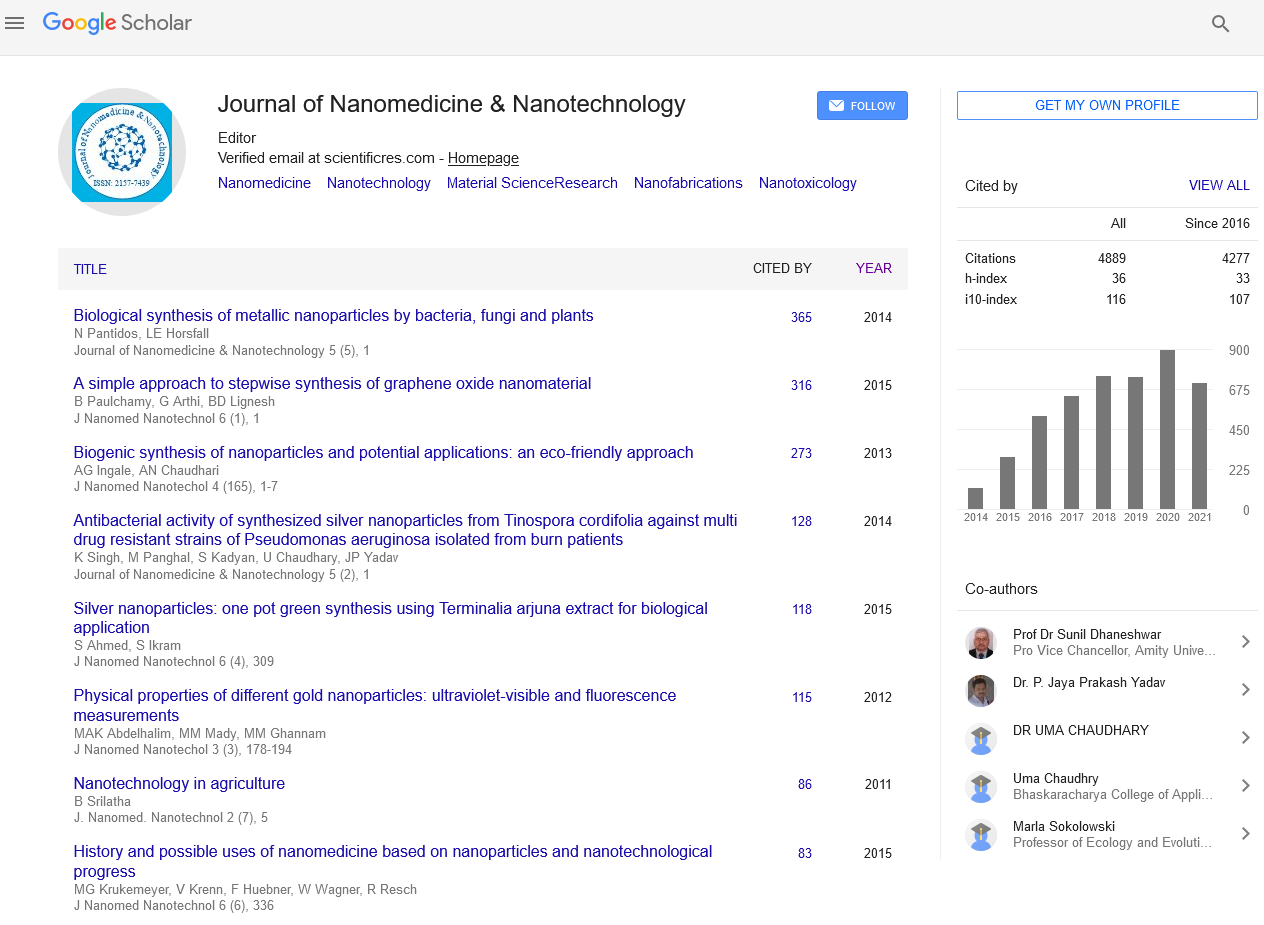Indexed In
- Open J Gate
- Genamics JournalSeek
- Academic Keys
- JournalTOCs
- ResearchBible
- China National Knowledge Infrastructure (CNKI)
- Scimago
- Ulrich's Periodicals Directory
- Electronic Journals Library
- RefSeek
- Hamdard University
- EBSCO A-Z
- OCLC- WorldCat
- SWB online catalog
- Virtual Library of Biology (vifabio)
- Publons
- MIAR
- Scientific Indexing Services (SIS)
- Euro Pub
- Google Scholar
Useful Links
Share This Page
Journal Flyer

Open Access Journals
- Agri and Aquaculture
- Biochemistry
- Bioinformatics & Systems Biology
- Business & Management
- Chemistry
- Clinical Sciences
- Engineering
- Food & Nutrition
- General Science
- Genetics & Molecular Biology
- Immunology & Microbiology
- Medical Sciences
- Neuroscience & Psychology
- Nursing & Health Care
- Pharmaceutical Sciences
Abstract
Nanostructured Catalysts for CO2 Reduction and Conversion into Value-Added Chemicals
The reduction and conversion of carbon dioxide (CO2) into value-added chemicals presents a promising solution for mitigating climate change while producing valuable products. This process, known as CO2 utilization or carbon capture and conversion (CCC), has garnered significant attention due to its potential to close the carbon cycle and provide sustainable feedstocks for the chemical industry. Nanostructured catalysts play a pivotal role in enhancing the efficiency and selectivity of CO2 reduction reactions (CO2RR) by providing a high surface area, tunable catalytic sites, and unique electronic properties. Recent advances in nanomaterials, including metal nanoparticles, carbon-based nanomaterials, and transition metal dichalcogenides, have demonstrated promising catalytic performance for CO2 reduction to a wide range of products, including methanol, formic acid, carbon monoxide, and hydrocarbons. This article reviews the latest developments in nanostructured catalysts for CO2 reduction, discussing their synthesis, reaction mechanisms, and challenges in terms of efficiency, stability, and scalability. Additionally, the article highlights the future prospects of these catalysts for large-scale CO2 conversion processes, focusing on the integration of renewable energy sources and the development of advanced catalytic systems for sustainable chemical production.
Published Date: 2024-11-30; Received Date: 2024-11-02


